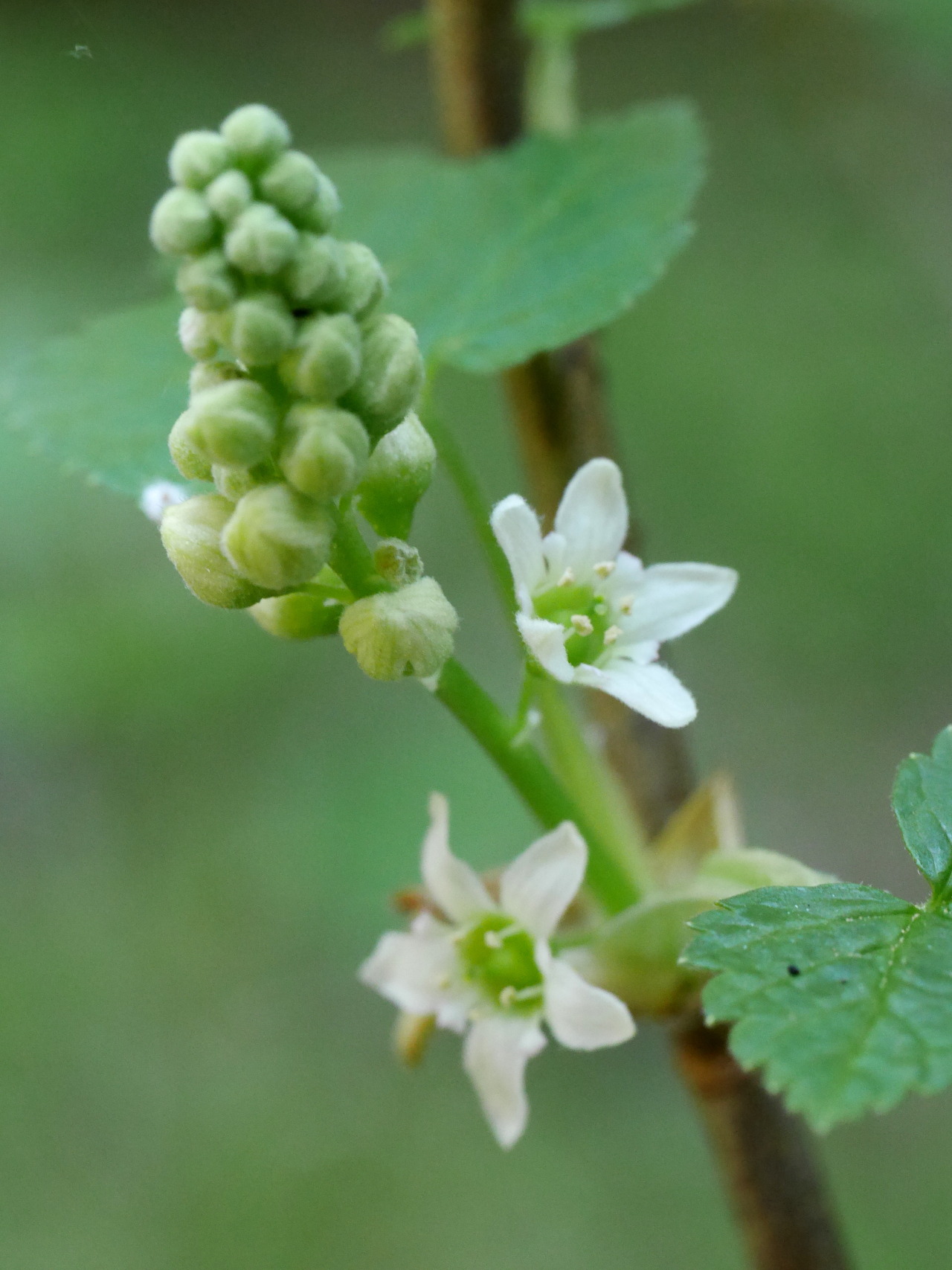
Umbilicaria americana “American Rock Tripe”
March 26, 2016
Blodgett Canyon, Lolo National Forest, MT
Robert Niese
This species of rock tripe is likely our most abundant umbilicate foliose, rock-like lichen in the PNW. Look for their single umbilicus which attaches them to their substrate (which is where they get their genus name!). This species rarely has apothecia but is instead identified by its abundant, sooty, black rhizines, or rootlets, which help it gather water from its normally dry habitat. Members of Umbilicaria are considered edible, though North American foragers generally only resort to them as famine food. Their name, “rock tripe,” comes from an uncanny resemblance to tripe (stomach lining) upon being boiled, as is common in many Asian cuisines.









